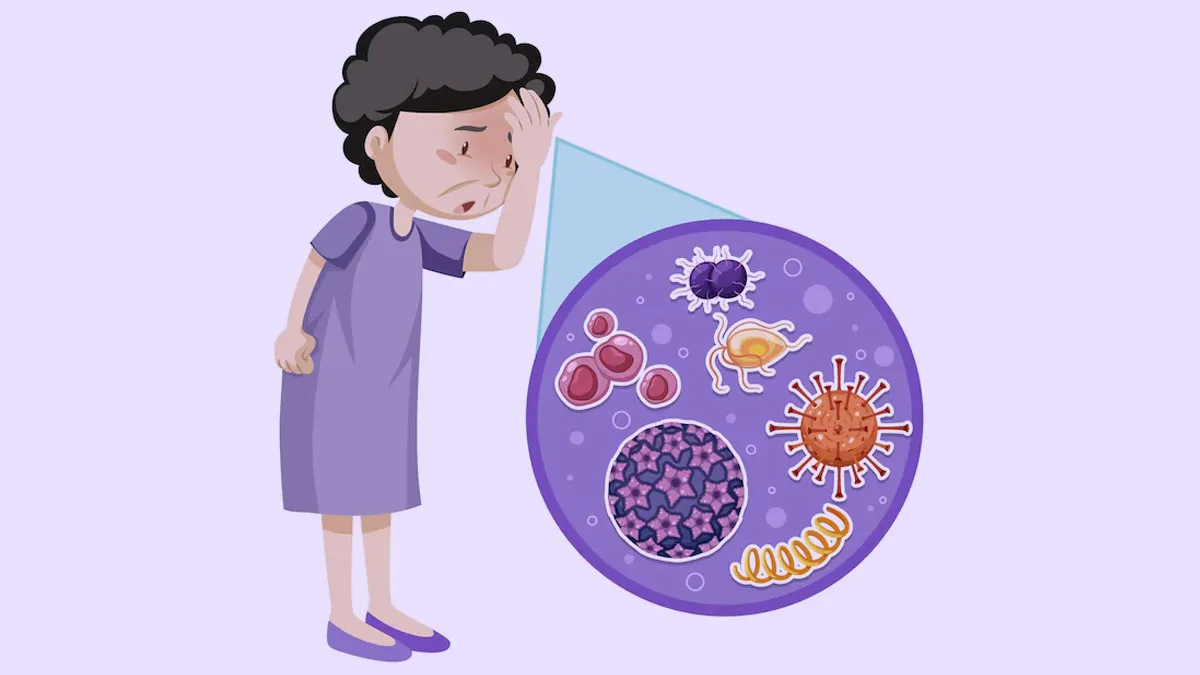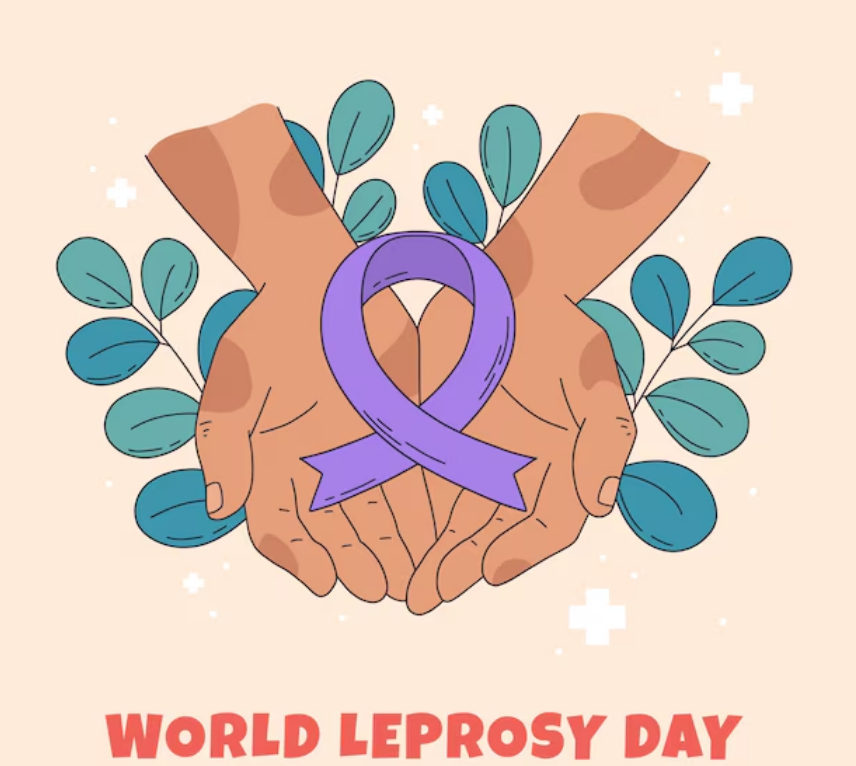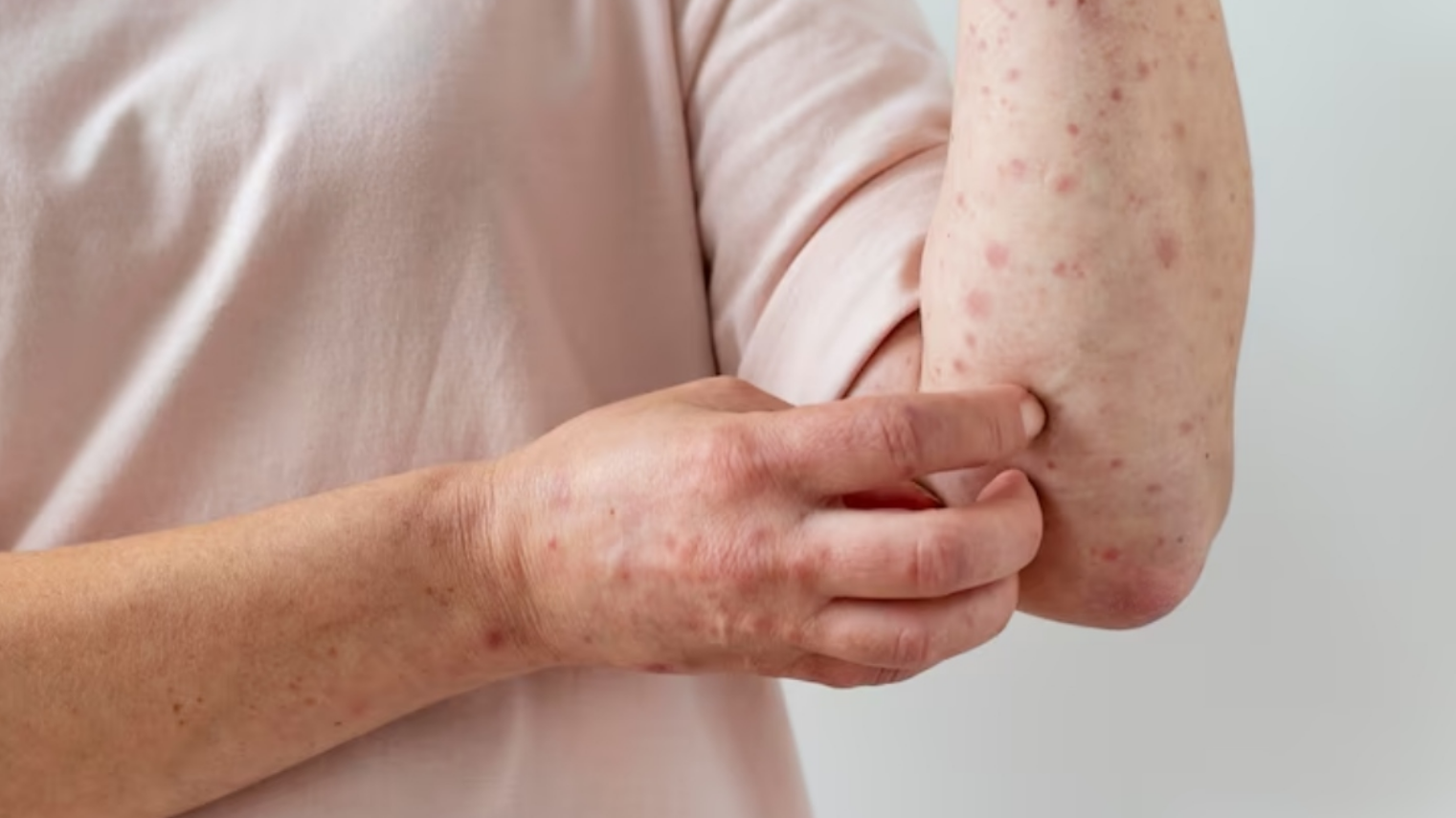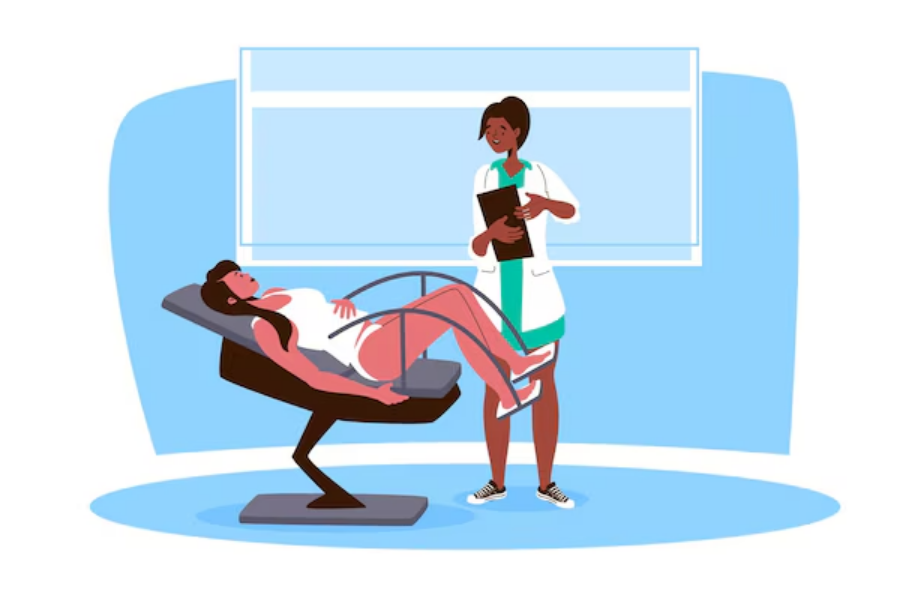
World Leprosy Day: 6 Key Signs to Spot Early for a Timely Diagnosis
Leprosy, also known as Hansen's disease, is one of the oldest diseases known to humanity. Despite its long history of fear and stigma, the truth is that leprosy is treatable, and catching it early can prevent long-term damage and disabilities. This World Leprosy Day, let’s spread awareness about the early signs of leprosy so we can identify the disease in its early stages and seek treatment promptly.

What is Leprosy?
Leprosy is a slow-moving infection caused by Mycobacterium leprae, a bacterium that mainly affects the skin, peripheral nerves, and sometimes the eyes and upper respiratory tract. Dr Sanjay Dhall, Director - of Internal Medicine, Max Super Speciality Hospital, Shalimar Bagh explains, "Leprosy can be treated with antibiotics, but early diagnosis is key to preventing nerve damage, deformities, and long-term disabilities."
While leprosy isn’t highly contagious and usually requires prolonged contact with an untreated person to spread, its early symptoms can be subtle. Recognising these signs early allows for quicker treatment, reducing the risk of permanent complications. Dr Dhall adds, “The sooner leprosy is diagnosed, the easier it is to treat, and the fewer complications patients will face down the road.”
6 Key Early Signs of Leprosy
1
2
3
4
Skin Lesions or Patches
One of the most common early signs of leprosy is the appearance of discoloured patches on the skin. These patches may be lighter or darker than the surrounding skin and often feel numb or lack sensation. “Numbness in these patches is a red flag,” says Dr Dhall. “Leprosy attacks the nerve endings beneath the skin, causing loss of feeling in the affected areas.”
These patches usually appear in cooler parts of the body, like the face, ears, hands, and feet. In some cases, the skin may also become dry, scaly, or thickened. If you notice any unusual skin changes, it’s important to see a doctor right away.

Numbness and Tingling
Leprosy primarily affects the peripheral nerves, and one of the first noticeable symptoms is the loss of sensation in the hands, feet, or other parts of the body. This can feel like numbness or a tingling sensation. Dr Dhall explains, “This happens because the bacteria attack the nerves, causing damage. Over time, this can lead to muscle weakness and atrophy, making it hard for people to feel heat, cold, or even pain.”
If you notice numbness or persistent tingling in certain areas, it’s worth getting checked out by a healthcare professional.
Thickened Nerves
Another telltale sign of leprosy is the thickening or enlargement of nerves, which can often be felt under the skin. Common areas where this might occur include the elbows, knees, and wrists. Dr Dhall emphasises, “If nerves are thickened, it can lead to deformities, especially if the condition isn’t treated. Early detection of thickened nerves can prevent irreversible damage.”
A healthcare professional can detect this thickening through a simple physical exam, and in some cases, a nerve biopsy may be needed to confirm the diagnosis.
Facial Changes
In more advanced stages, leprosy can cause noticeable changes to the face due to nerve damage. “One of the early signs of facial involvement can be the loss of sensation around the eyes, nose, and mouth,” says Dr Dhall. “This may lead to a ‘mask-like’ appearance as the skin starts to sag, and the inability to blink properly can cause dryness and irritation in the eyes.”
In some cases, patients may also develop a flattened nose or enlarged nasal passages. While these changes are often seen in later stages, early nerve involvement should be addressed immediately to prevent further complications.
Loss of Hair or Eyebrows
Leprosy can also cause hair loss, particularly in the affected patches of skin. This is most commonly seen on the face, where people may lose their eyebrows or eyelashes. Dr Dhall notes, “Hair loss occurs because the nerve damage affects the hair follicles, making them unable to function properly.”
If you notice thinning or loss of hair in specific areas, especially on the face or other affected skin patches, it could be an early sign of leprosy.
Eye Problems
Leprosy’s impact on the facial nerves can extend to the eyes, leading to symptoms like dryness, irritation, and difficulty blinking. “When leprosy affects the nerves around the eyes, it can cause serious complications like corneal ulcers, scarring, and in severe cases, blindness,” warns Dr Dhall.
If you experience eye-related issues like sensitivity to light (photophobia) or dryness, it’s important to seek medical attention, as these symptoms can worsen over time.
Don't Miss: 6 Winter Diet Tips for Cancer Patients, According to a Dietician
Why Timely Diagnosis is Critical
While leprosy is treatable with antibiotics, delaying treatment can lead to permanent nerve damage and disfigurement. Dr Dhall stresses, “When leprosy is diagnosed and treated early, it’s possible to prevent the severe complications often associated with the disease.”

Though leprosy may sound intimidating, there’s no need to fear it. With modern medicine, the disease is no longer the terrifying affliction it once was. Timely intervention can ensure that those affected by leprosy lead healthy, fulfilling lives. As Dr Dhall concludes, “Awareness is key to overcoming the stigma and ensuring that those affected by leprosy get the treatment they need as soon as possible.”
This World Leprosy Day, let’s take a moment to raise awareness about the importance of early detection and treatment of leprosy. If you or someone you know experiences any of the early signs mentioned above, don’t wait—consult a healthcare professional.
Don't Miss: Guillain-Barre Syndrome: Expert Reveals Symptoms And Prevention Tips
Keep reading Herzindagi for more such stories.
Image Courtesy: Freepik
Also watch this video
Herzindagi video
1
2
3
4